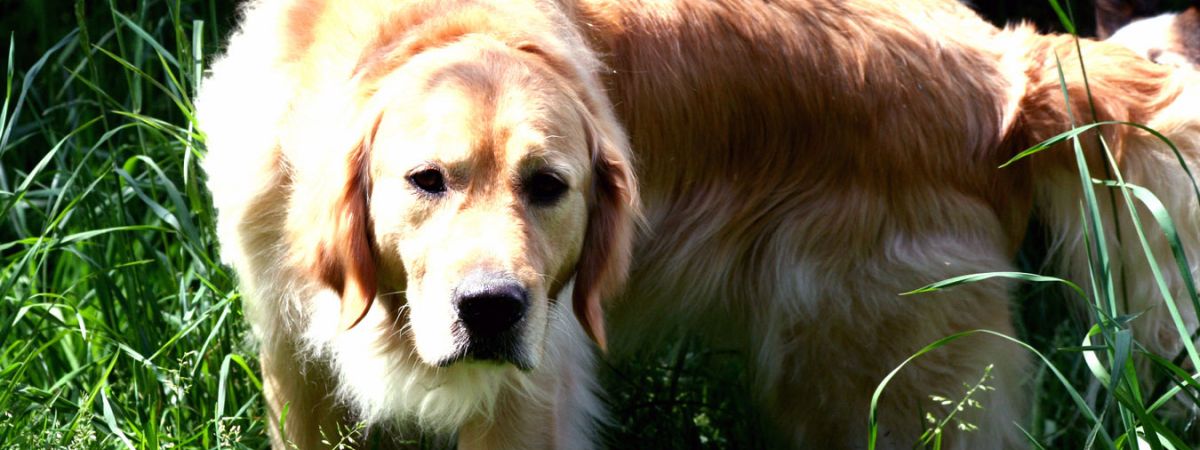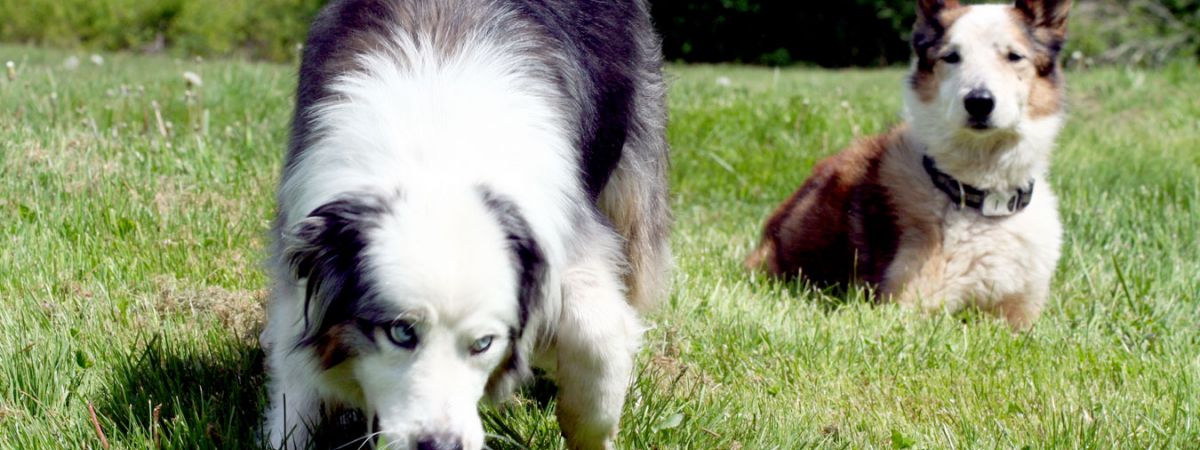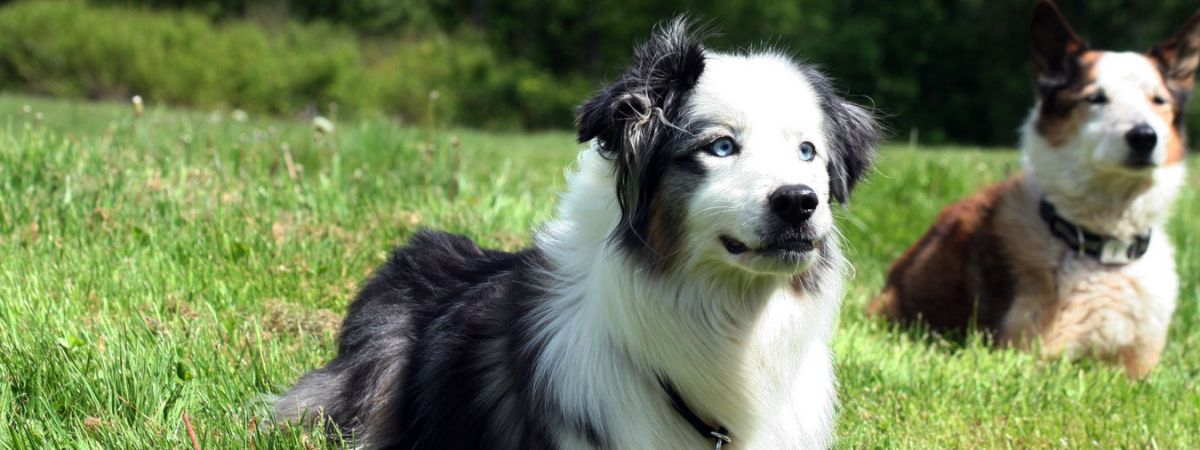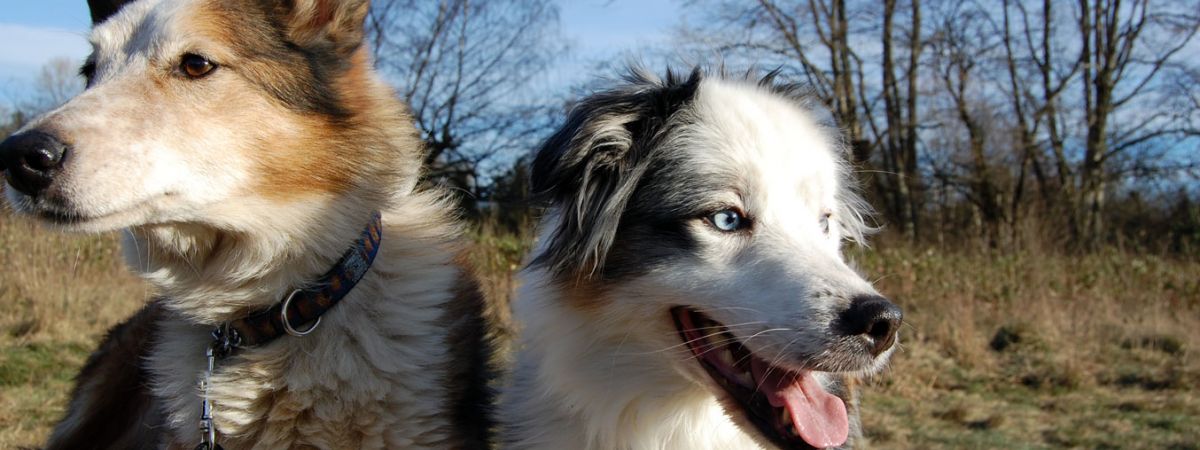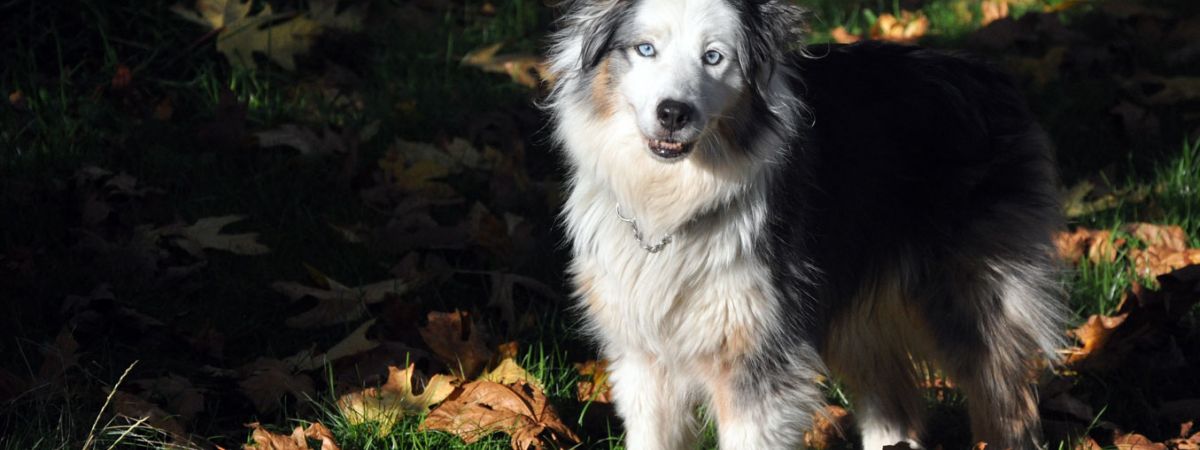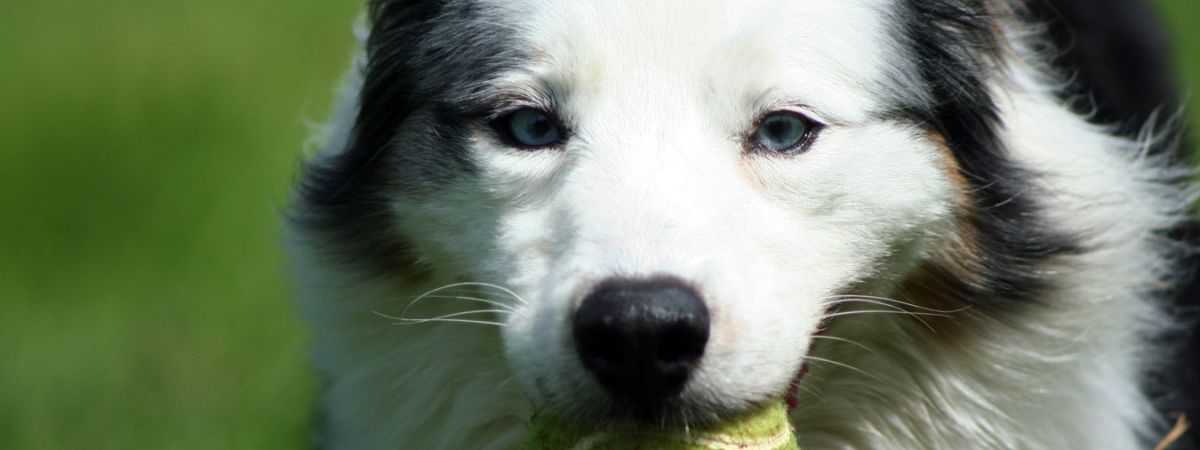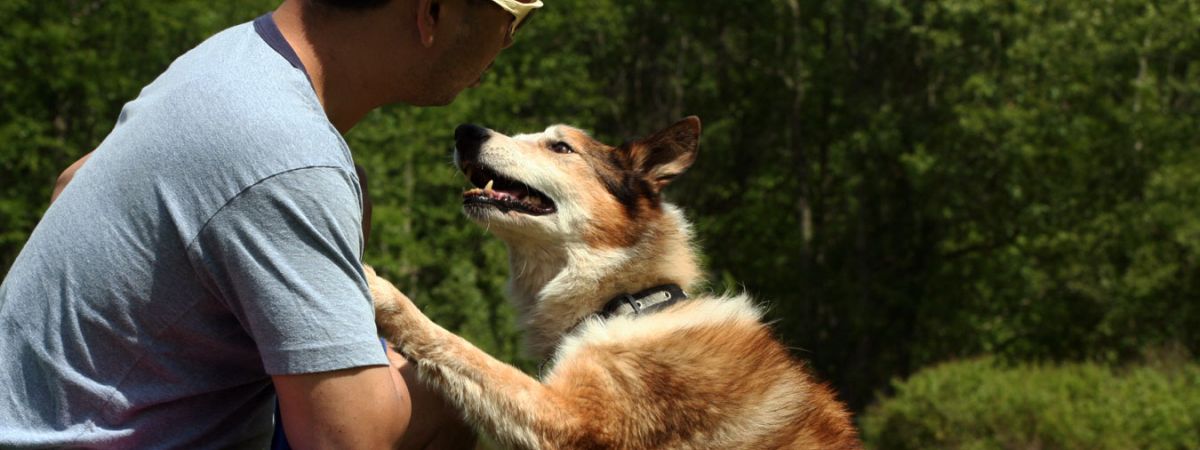Sock Stealing and Other Canine Crimes
Ask anyone who has ever had a puppy and they will surely tell you that one of a puppy’s favorite activities is mischievously snooping around the house and finding items to “steal,” such as socks, paper towels, Barbies and more. In fact, this is apparently so fun to dogs that without proper training, even many adult dogs continue to do it.
But the fun doesn’t stop there. Often, it develops into a game of “catch me if you can,” in which the humans run around trying to get the item while the puppy runs around outsmarting them. Dining room tables are often a favorite tool in the canine sleuth’s caper, as they cut through under the chairs, making their humans literally run in circles after them.
So, what’s a human to do? You can’t simply let the dog chew up the item… to do so would be dangerous for your dog, damaging to your items and certainly not conducive to teaching the dog not to do that anymore.
In desperation, many people resort to the dog treat, used to lure the dog into dropping the item in favor of the snack. However this serves as a reward for stealing stuff and dogs quickly figure out that whenever they want an extra snack, they can simply steal something to end up getting one.
Whether you’re a first time pet owner, a professional dog trainer or anyone in-between, some of this is inevitable. After all, a puppy is a puppy. But by handling the situation properly, you can more quickly teach your dog to play more appropriate games. Following is a 12 step program, designed to help dogs give up a life of crime:
1. Puppy proof- Tidy up so there’s less for your pet to steal.
2. Move slowly- If you chase your dog, you’re in the game. Instead, walk calmly and use assertive body language.
3. Do obedience- Basic commands, such as “sit,” “down” and “stay” can go a long way to earn your dog’s respect.
4. Tell him “no”- Don’t forget to use this phrase consistently, instead of saying “Stop it,” “Get over here,” etc.
5. Provide toys- In a variety of different textures. If he gets bored with them, rotate them once in a while by keeping some available and some in a cabinet to switch up.
6. Make sure the toys are available- If the toys are in the living room but your dog is gated into the kitchen, it’s no wonder he’s stealing the kitchen towel. Bring them into whatever room your pet is spending time in.
7. Correct and replace- When your dog steals something, tell him “No,” remove the item and replace with a dog toy. Praise lavishly when the toy is in his mouth, “Good dog.”
8. Set him up- Actually practice not stealing stuff. With your dog on leash, lay out a bunch of items such as socks, remote controls, etc. When your dog looks like he’s planning on snatching something, say “No, leave it!” with a tug of the leash. If he doesn’t take it, praise lavishly. If he does, use the “No,” replace with a dog toy, then praise.
9. Teach self-discipline- Practice obedience commands, particularly the “down/stay” with the items in easy reach. Praise your dog for coexisting with them but not taking them.
10. Do not give “people items”- Such as old slippers, children’s stuffed animals, etc. To your dog, they smell like “the humans’ stuff,” and it is almost impossible for them to understand that it’s okay to play with the old slippers but not the new.
11. Exercise- A tired dog is a good dog. Be sure to give your pet plenty of exercise: physically, through walks and playing, and mentally through obedience training. This will help reduce the urge to create his own activities due to boredom.
12. Maintain a sense of humor- After all, a puppy is a puppy and their antics can either make you laugh or drive you insane. Try to keep perspective, do what you have to do to work on it and don’t forget to enjoy your dog along the way!
Play Biting
Puppy owners often wonder just how much nipping is normal. With their razor sharp puppy teeth, it can sometimes feel like you’ve got a little baby alligator instead of a dog!
Some amount of nipping is completely normal… although not to be passively accepted. Excessive biting accompanied by growling, can sometimes be a display of dominance or a sign of future aggression problems.
Like babies, puppies tend to explore the world with their mouths. Tasting everything from socks and furniture to people’s hands and feet. While this is normal for a puppy, they still need to be taught right from wrong so it will eventually stop. Ask any parent whose child is standing on top of the couch screaming "Get him away… the puppy is biting me!", and they’ll tell you they’ve quickly had enough of ripped PJ’s and scratched arms. So what’s a dog lover to do?
Begin by making sure your puppy has lots of dog toys. Be sure to select ones with a variety of textures. A good assortment will include a rope toy, vinyl ball, hard bone, gummy bone, and dog stuffed animal. Whenever your puppy has his mouth on your hand, correct with a "No" and remove your hand. Immediately replace with an appropriate dog toy and praise lavishly "Good dog". Never allow your puppy to sometimes play bite. After all, how is he supposed to know the difference between Dad’s tough hands and children’s tender ankles?
Obedience training will play an important role in alleviating the biting as well. By working on some basic dog training commands such as "sit" and "stay", your dog will more quickly learn the meanings of the words "no" and "good dog". Your pet will also respect you more and feel like he actually has to listen!
Another helpful tactic is to rotate the toys so your pup doesn’t become bored with them. And remember…. a tired dog is a good dog. Lots of exercise, obedience, and consistency will soon have your dog keeping his teeth to himself!

